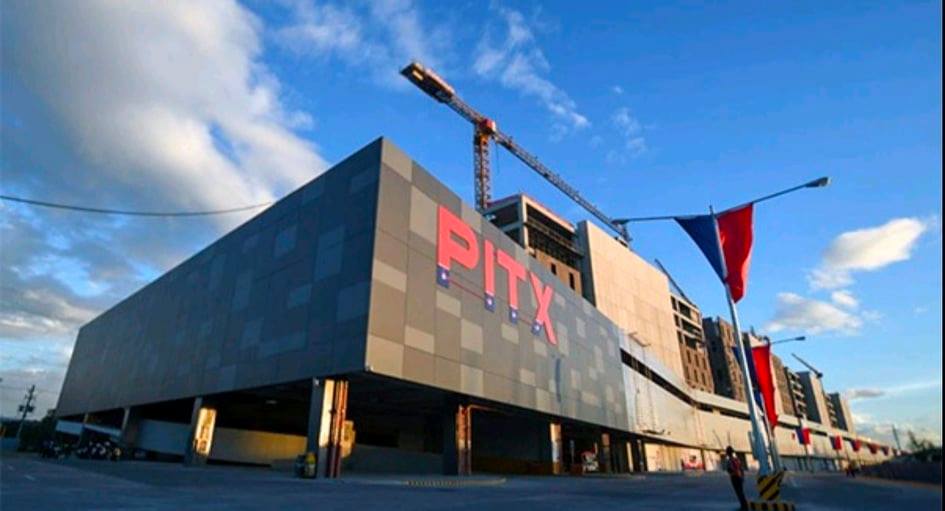The ongoing pandemic has caused a lot of sectors to spiral down, following multiple lockdowns, and an insubstantial COVID-19 response from the Philippine government that was based on unreliable economic policies.
While essential industries such as food manufacturing and telecommunications, as well as food stores for groceries, were able to survive year-round in 2020, other industries, particularly property and construction, were the ones that were hit the hardest.
In fact, the construction industry shrank to 33% during the latter half of 2020, an indirect effect of the stricter quarantine measures that prohibited the continuation and development of construction projects.
However, the good news for prospective investors is that the plunge that these industries experienced in 2020 is expected by experts to be the driving factor to the growth of these industries from 2021 onwards.
Predicted growth in the property and construction industry
The Asian Development Bank (ADB) expects the Philippine economy to bounce back after the crisis of 2020, with an expected growth of at least 4.5 percent this year and 5.5 percent in the following year of 2022. The ADB identifies multiple indicators that may contribute to this growth but in particular, the large allotted funds for public infrastructure with large employment multipliers is of particular interest to the infrastructure industry.
Before the pandemic hit, the industry has been a regular major contributor to economic growth, amassing a fixed capital formation of nearly P3 trillion in real terms, or accounting for the 6.6% average GDP growth over the past four years.
The construction sector in the Philippines is expected to recover in 2021 and grow at an annual average rate of 8.3 percent until 2024. According to global data and analytics firm GlobalData, in 2021, the forecasted possible output value of the said industry will be US$75.1 billion.
Another set of good news is that construction projects begun resuming in mid-May in 2020, generating new jobs that are sufficient for the current year. On top of the direct impact of the resumption of public infrastructure activities, this is also expected to create a multiplier effect, causing a ripple to other industries in the community where such construction projects are situated.
For example, the completion of public infrastructure allows for the easier movement of goods across borders and fostering new business opportunities, which will then contribute to the growth of the local economies individually.
Indicators of industry growth
To cross-check this expected growth in the construction sector, it is pertinent to look at leading engineering and infrastructure firm in the country, Megawide. The company’s diverse portfolio has allowed it to navigate the challenges presented by the pandemic. Its portfolio in Engineering, Procurement and Construction, and Transport-Oriented Development are paramount and impressive, reflecting the firm’s clear drive to pursue public infrastructure projects.
In fact, looking at Megawide’s performance in Q1 of 2021, albeit still at break-even point, came from revenues of P3.72 billion – more than double the P1.48 billion recorded at the onset of community lockdowns in Q2 of 2020. Over 92% of these came from the construction projects and activities of the firm.
Moreover, Megawide was also successful in securing new contracts in Q4 of 2020, with all deals summing up to P34.8 billion. The firm welcomed the new year with a successful 2020, with the amassed amount of their total orders reaching P68.4 billion and revenues of P10.8 billion across 21 live projects. This included the awarding for the Malolos-Clark Railway Project Package 2 and the Suncity West Side City Hotel and Casino Complex, which will further showcase the company’s expertise in horizontal infrastructure and mixed-use developments.
Among the notable construction ventures during 2020 is the completion of the Clark International Airport’s new passenger terminal building at Pampanga gateway, located about 100 kilometers north of Manila’s Ninoy Aquino International Airport (NAIA). This new passenger terminal has a passenger capacity of over eight million in a year, which is expected to help decongest the usual crowdings in NAIA.
This is expected to produce the same effects as the construction of the Mactan Cebu International Airport (MCIA) did, namely, to open up Central Luzon to tourism industry opportunities and ultimately, to aid in restarting the economy after the downfall of 2020.
Megawide’s in-house COVID-19 testing laboratory at the MCIA and the new passenger terminal at Clark International Airport are proofs that it is possible to achieve world-class and transit-oriented developments even amidst the challenges presented by global health crisis.
The Company has revolutionized construction and engineering solutions, setting new standards for the industry. This is all thanks to its EPC capabilities with cutting-edge technological innovations in construction such as precast, formwork’s systems, concrete batching plants, construction equipment, and logistics and services.
The company’s innovation and repute in the construction sector has earned it the Completed Buildings prestigious award at the World Architecture Festival, going up against the Singapore Jewel Changi Airport, Hong Kong West Kowloon Station, Sydney Australia’s Barangaroo Ferry Wharf, and other structures from more developed cities. In addition, MCIA took home the Best Infrastructure Award for its construction while the Paranague Integrated Terminal Exchange (PITX) – the country’s first landport development – bagged the Best Decorative Concrete from The American Concrete Institute Philippine Chapter during the Philippine Excellence in Concrete Construction Awards.
As the pandemic progresses and the country continues to recover from the scathing effects of the pandemic, there is a clear increase in the discussions for the need for organized transport systems. In particular, Megawide is also looking at establishing landports in wholesalers (bagsakan) markets in the future.
##
This is a sponsored post.
